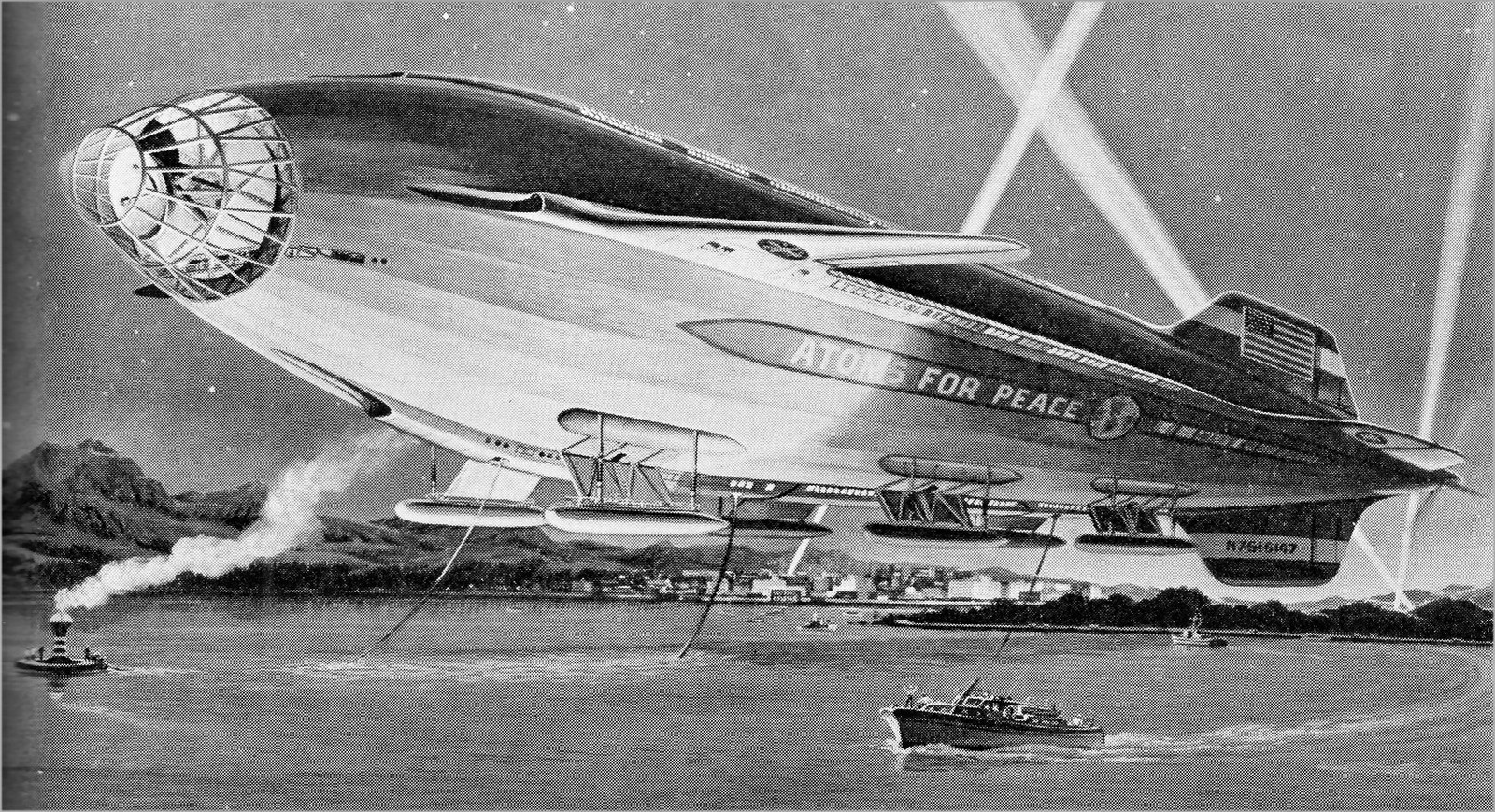Post-WWII. After the dust had settled and old maps had been redrawn, we entered a period of utopian future-gazing.
This period, predominately lasting through the 1950s and mostly found in the American and Soviet superpowers of the time, was characterised by our view that as humans we would triumph over any adversity. We held the view that all of nature was our to command - for we had just mastered the atom, the jet age had begun and we were on the cusp of sending humans into space. The dream of protein pills and personal jetpacks didn't eventuate, however the thinking ushered in a new period that would last for another couple of decades - a period where considering big, idealistic futures was considered the norm and that one should get out and try and make them happen.
For me, Web Directions South 11 held much of the same passion and fervour. Finally, at least in Australia it seems, the shadow of the GFC is lifting and we are at the dawn of a period where a third of all humans are connected and we are starting to see the future that mastering the connected bit can achieve. Whereas in 2010 it was about the potential technologies like HTML5 and mobile technologies would bring us, in 2011 it is about our application of these technologies into new ways of working, new styles of design and the creation of a future for everyone.
Much of the conference theme was about just getting out and doing stuff, providing echoes of the 1950s sentiment that we live in a time where it is the makers' world, that we are architects of the future and our place within it.
Indeed, WDS11 showcased a future where the web transcends the boundaries of mere browsers, where it is now the platform for our mobile worlds but increasingly our physical ones as well. As designers the call was put out that we will be designing physical objects, as developers that we will be creating means for greater utility of the web in these future environs.
Web Directions this year was a showcase in diversity in thinking and technology, like an atomic age World Fair. We had sessions on Augmented Reality merged with the Web of Animals merging with classical architectural design applied to the web merged with Physical and Ubiquitous (PDF) computing. We had visions of our future mixed with an appraisal of our current state of being. Alongside the whimsical we had the practical too, conveying the knowledge of our craft that will raise the bar yet again next year to greater levels.
And we had calls to arms in the style of presidential challenges past.
A few weeks ago I read a piece by Neal Stephenson on how Science Fiction writers had lost their talent for dreaming big ideas and articulating futures that would inspire scientists and others to attempt to fulfil them - a sentiment I totally agreed with. What I've since realised is that scratch the surface of the web community and there are big ideas being dreamed. Whether it's a future where all data is interlinked seamlessly so we can create better stories about our past or one where we begin to interact with render-ghosts, those half real avatars of the robot world through the medium of the web there are futures being envisioned and articulated - and they are being made real.
Many people I talked to - both presenters and delegates kept saying over and over that this Web Directions was making them think bigger, that it wasn't all just about skill transferral, that they were inspired to do more.
I think we exist now at a point of change, where the web has hit some unintended critical mass. The web is now permeating the fabric of humanity on a nearly global scale and Web Directions managed to tap into the web's subconscious - highlighting the patterns that will develop over the next couple of years and take shape around the mainstream.
Regardless of whether I get my personal jetpack or not, this neo-futurism wave that seems to have swept the web community (and the maker community more generally) will at least help shake off the shadows of a post-GFC world, and sometimes a bit of unbridled futurist optimism can't be a bad thing.
